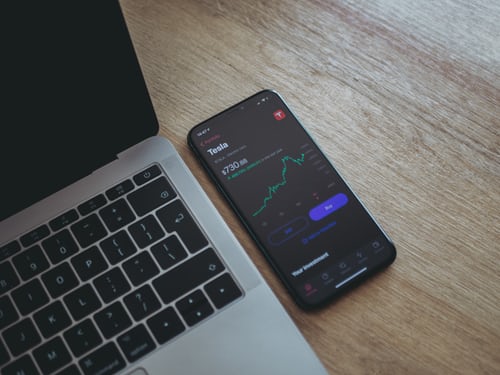As the investment landscape evolves, so too does the notion of diversification. No longer limited to traditional stocks and bonds, investors are now exploring innovative avenues that reflect the changing times.
This article delves into the exciting prospects of diversified investing, examining the realms of cryptocurrencies, carbon offset investments, and collectibles and how they shape the future of investment portfolios.
Navigating the crypto frontier
Cryptocurrencies have emerged as a revolutionary asset class, offering a unique blend of innovation, volatility, and potential for substantial returns. Bitcoin, Ethereum, and a multitude of altcoins have captured the attention of both individual and institutional investors. The decentralized nature of cryptocurrencies presents an alternative to traditional financial systems, and the blockchain technology underpinning these digital assets is being hailed for its transparency and security.
While the allure of crypto investments is undeniable, they come with inherent risks. The volatile price swings characteristic of this market can result in significant gains or losses in short periods. Additionally, regulatory uncertainties, security concerns, and technological developments all contribute to the dynamic nature of the crypto space. Investors venturing into cryptocurrencies should ensure thorough research, understand the fundamentals of blockchain technology, and carefully assess their risk appetite.
Investing in a sustainable future with carbon offsets
The growing emphasis on environmental sustainability has brought carbon offset investments into the spotlight. As the world grapples with the impact of climate change, companies and individuals are seeking ways to mitigate their carbon emissions. Carbon offset projects, such as reforestation initiatives and renewable energy projects, offer investors the opportunity to invest in activities that neutralize their carbon footprint.
Carbon offset investments not only contribute to environmental conservation but also have the potential to generate returns. However, the efficacy and transparency of carbon offset projects vary, and investors should diligently evaluate the credibility of projects and the mechanisms by which they measure and verify carbon reductions. By aligning their investments with their environmental values, investors can play a role in promoting sustainability while diversifying their portfolios.
Embracing the allure of collectibles
Investing in collectibles has transcended its status as a niche hobby, evolving into a viable alternative investment avenue. Collectibles offer a tangible and often aesthetically pleasing addition to investment portfolios, from rare art and vintage cars to unique NFTs (non-fungible tokens). The growing interest in NFTs, representing ownership of digital assets, demonstrates the expanding scope of collectible investments beyond physical objects.
While collectibles can yield substantial returns, they also come with distinct challenges. Valuing collectibles can be subjective, and market trends can shift rapidly. Moreover, the potential for liquidity varies among different types of collectibles. Investors should prioritize research and due diligence, seeking expert opinions and staying attuned to market developments. By integrating collectibles into their investment strategy, investors can infuse creativity and passion into their portfolio diversification efforts.
The evolution of alternative assets
The landscape of diversified investing continues to evolve, with new alternative assets constantly emerging. Space tourism, artificial intelligence, and sustainable technologies are emerging investment avenues. Space tourism companies like SpaceX and Blue Origin are piquing investor interest as they work towards making commercial space travel a reality. On the other hand, artificial intelligence and sustainable technologies reflect the growing emphasis on innovation and environmental consciousness.
As investors explore these emerging opportunities, it’s essential to maintain a balanced approach. Thorough research, understanding the underlying technology or concept, and considering the long-term potential are all critical aspects of assessing the viability of these alternative assets. Diversifying across a range of unconventional investments can provide exposure to transformative trends that have the potential to reshape industries and societies.
Exploring company investments
Investing in individual companies is a traditional approach that remains a significant component of diversified portfolios. While stocks have been a staple of investment strategies, the landscape has expanded to include opportunities beyond the stock market. Investors can directly invest in private companies, startups, and even participate in crowdfunding campaigns. These avenues provide a way to support innovative ideas and benefit from their growth.
Direct company investments offer the advantage of ownership and potential influence over a company’s direction. However, they also come with risks, mainly when investing in startups or private companies. Due diligence is paramount to understanding a company’s financial health, growth prospects, and management team. Investors should evaluate their risk tolerance before they invest in companies and consider diversifying their company investments across different sectors and stages of growth to mitigate potential downsides.
To sum things up
The future of diversified investing is indeed a dynamic and exciting one. Including cryptocurrencies, carbon offsets, collectibles, and emerging alternative assets in investment portfolios reflects a forward-looking approach that embraces innovation and aligns with shifting societal values.
While the potential for returns exists, these alternative avenues also require careful consideration, research, and awareness of their unique risks. By crafting a diversified future that balances both conventional and unconventional investments, investors can position themselves to navigate the evolving financial landscape with resilience and adaptability.

